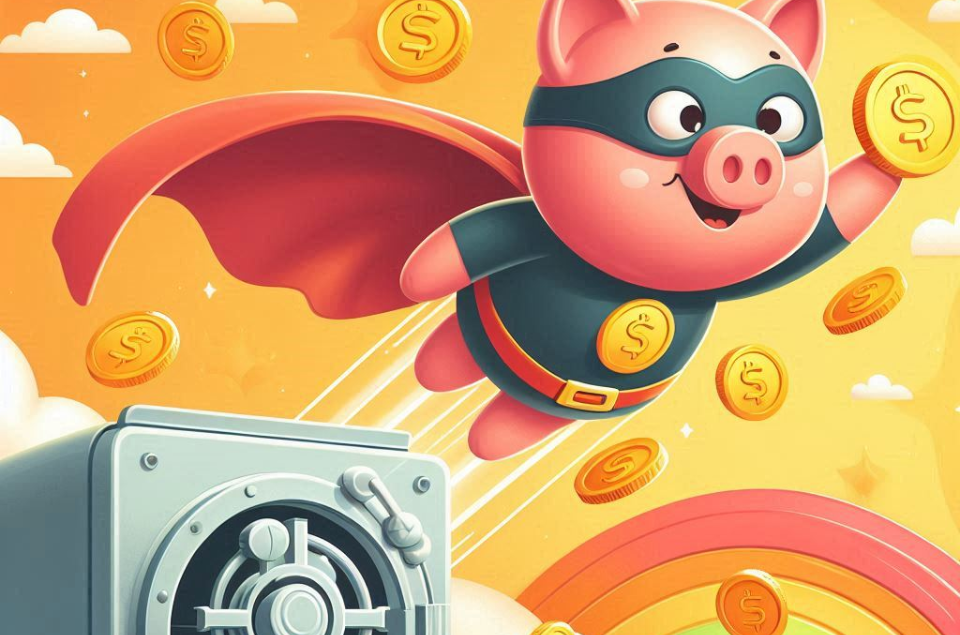
Best Way to Save Money in Bank: Top Tips for Indians
Saving money is very important for your financial future. Whether you are just starting your career or have been working for a while, knowing the best way to save money in a bank can help you feel secure. In this blog, we will look at the best way to save money in a bank, especially for Indian people aged 22 to 50. Let’s get started!
Why Save Money in a Bank?
Saving money in a bank is one of the safest ways to grow your wealth. Banks offer different savings options that give you interest, keep your money safe, and allow easy access to your funds. Here’s why saving in a bank is the best way to save money in a bank:
- Safety: Banks are regulated and insured, so your money is secure.
- Interest Earnings: Your savings earn interest over time, helping your money grow.
- Liquidity: You can easily access your funds whenever you need them.
Types of Bank Accounts for Saving Money
1. Savings Account
A savings account is a simple bank account where you can deposit money, earn interest, and withdraw funds whenever you need to.
- Interest Rates: Usually range from 3% to 6%.
- Minimum Balance: Some accounts need a minimum balance, but others do not.
- Accessibility: You can easily access your money through ATMs, online banking, and branch visits.
2. Fixed Deposit (FD)
A Fixed Deposit is a savings option where you deposit a lump sum for a fixed period at a set interest rate.
- Interest Rates: Higher than savings accounts, usually from 5% to 7.5%.
- Tenure: Lasts from 7 days to 10 years.
- Penalty for Early Withdrawal: If you withdraw before it matures, you may have to pay a penalty.
3. Recurring Deposit (RD)
A Recurring Deposit lets you save a fixed amount every month for a set period.
- Interest Rates: Similar to Fixed Deposits.
- Tenure: Typically ranges from 6 months to 10 years.
- Discipline: Helps you build a habit of saving regularly.
4. Public Provident Fund (PPF)
A PPF account is a government-backed savings plan with tax advantages.
- Interest Rates: Currently about 7.1%.
- Tenure: Lasts 15 years, and you can withdraw partially after 7 years.
- Tax Benefits: Your contributions qualify for tax deductions under Section 80C.
Tips for Maximizing Your Savings
1. Choose the Right Account
Choose an account that matches your saving goals. If you’re saving for the short term, a savings account or RD could be ideal. For long-term goals, think about FDs or PPF.
2. Automate Your Savings
Arrange automatic transfers from your salary account to your savings account or RD. This way, you save regularly without having to remember each time.
3. Compare Interest Rates
Banks offer different interest rates. Compare them to find the bank that gives you the highest returns.
4. Use Bank Apps
Many banks have mobile apps that make managing your savings easy. Use these apps to track your savings, set goals, and see how you’re doing.
5. Avoid Unnecessary Withdrawals
Regularly taking money out can mess up your saving plans. It’s best to withdraw only for emergencies.
Understanding Bank Fees and Charges
Banks might ask for fees for services like keeping a minimum balance, using ATMs, or transferring funds. Know these charges and pick accounts with lower fees to save more money.
Conclusion
Saving money in a bank is the best way to secure your financial future. By picking the right account, setting up automatic savings, and staying disciplined, you can maximize your efforts. Start now and see your savings grow, giving you stability and peace of mind.
